The MET Parachute helmet is back and this time the chin bar is removable. The new MCR, or magnetic chin-bar release system, allows the chin bar to be popped into place without the need for bulky outer catches. What’s more, the Parachute has full safety certification to be used as both a trail shell and a full-face helmet.
The original Parachute was conceived as a lightweight and well ventilated helmet for those riders who wanted more protection than that provided by the usual trail shell. MET has returned to those roots for the spirit of the latest Parachute, developing a helmet that’s designed to be one helmet that will cover the majority of the riding most mountain bikers do.
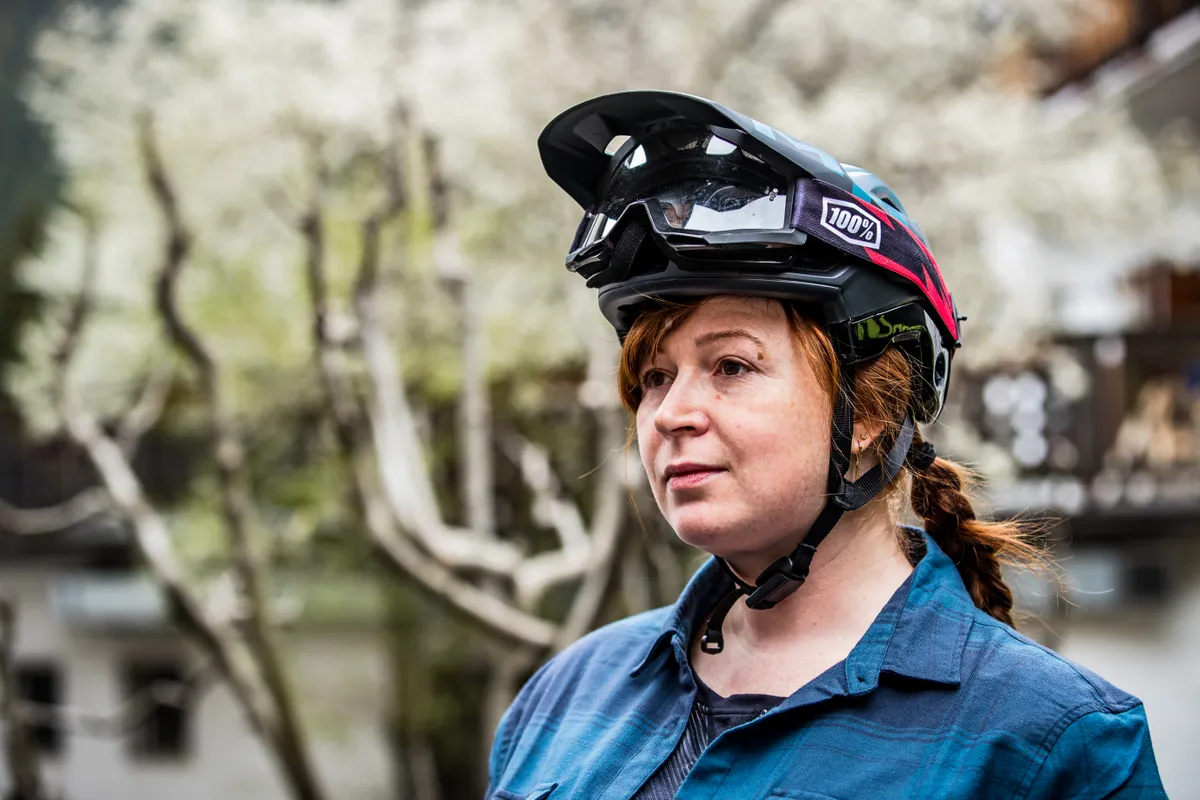
According to MET's media spokesperson, Ulysse Daessle, “The Parachute MCR is MET's convertible full-face helmet developed for enduro, all-mountain and eMTB riding. It’s both a proper full-face and a proper open face helmet."
MET Parachute MCR key features
- Detachable chin-bar that’s fully ASTM compliant for downhill mountain biking and BMX
- Certified as a trail shell and full-face helmet
- MCR (Magnetic Chin-bar Release) system
- MIPS
- Fidlock magnetic clasp
- Flexible visor
- Neck brace compatible
- BOA fit system with Fidlock magnetic chin strap clasp
Safety first
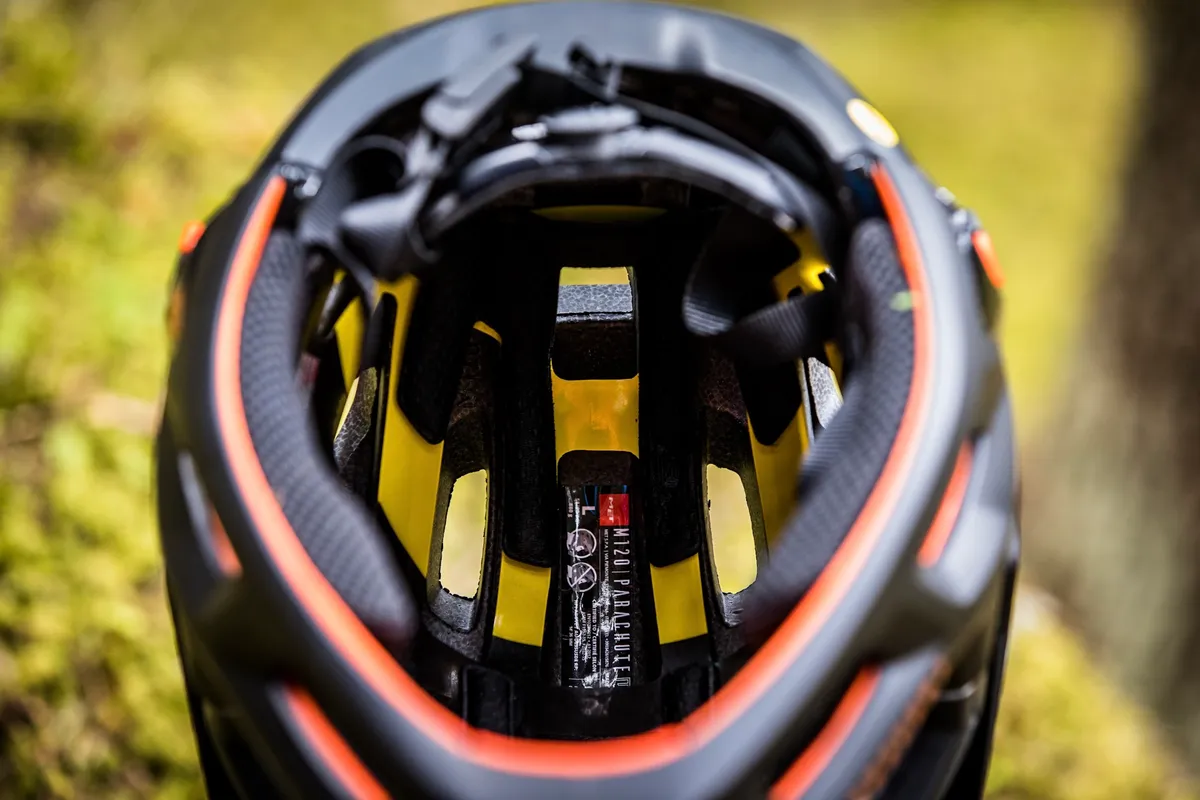
The new Parachute has ASTM International certification (F1952-15 / F2032-13) as a full-face and shell, so when that chin bar is in place it passes all the required testing for use in downhill mountain biking and BMX.
While ASTM is an international standard, MET has also worked to comply with other national safety standards. So, for example, Australian standards mandate that there should be no protuberances more than 5mm from the surface of the helmet, and MET has complied with this directive too.
The helmet also has MIPS safety technology built into the helmet to help mitigate the effects of rotational crash forces, and is neck brace compatible.

MET has opted to use a flexible visor that will deform and bend on impact rather than shatter or break. This adds another element of force-absorption to its protective arsenal, and also doesn’t work against MIPS. It has two positions: down and up, with room to store goggles or glasses underneath.
Another interesting feature, or lack thereof, is MET's decision not to include camera mounts for the helmet. At the product launch, MET said that since a helmet is primarily a safety device, and that helmet-mounted cameras could compromise safety, it’s something it decided against.
That said, you could still mount one on to the top of the helmet using straps through the ventilation holes and between the inner shell and MIPS layer.
MET Parachute MCR helmet fit and comfort
Although the helmet is designed so that the chin bar can be attached or removed while wearing the helmet, in practice I found this quite difficult to achieve. Instead, I removed the helmet to make the adjustment, but more testing is needed in case I just haven’t quite got the knack yet.
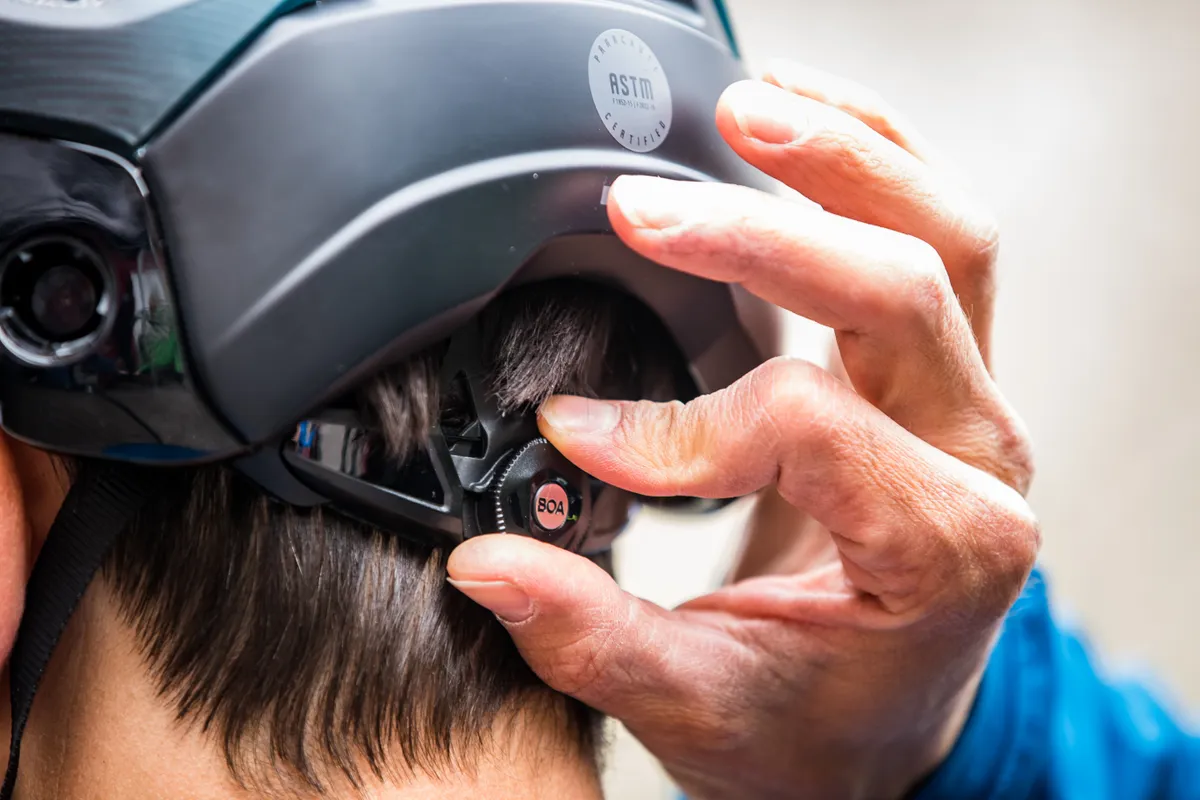
The fit around the head can be adjusted using the BOA dial, which allows a range of quick adjustments. It also disperses the pressure evenly around the head to avoid pressure points or hot-spots and is high enough at the back that if you were to wear your hair in a pony tail it won’t get in the way.
A magnetic Fidlock buckle at the chin keeps the helmet in place and a plastic-tipped tab makes tightening the fit simple and easy to do one-handed.
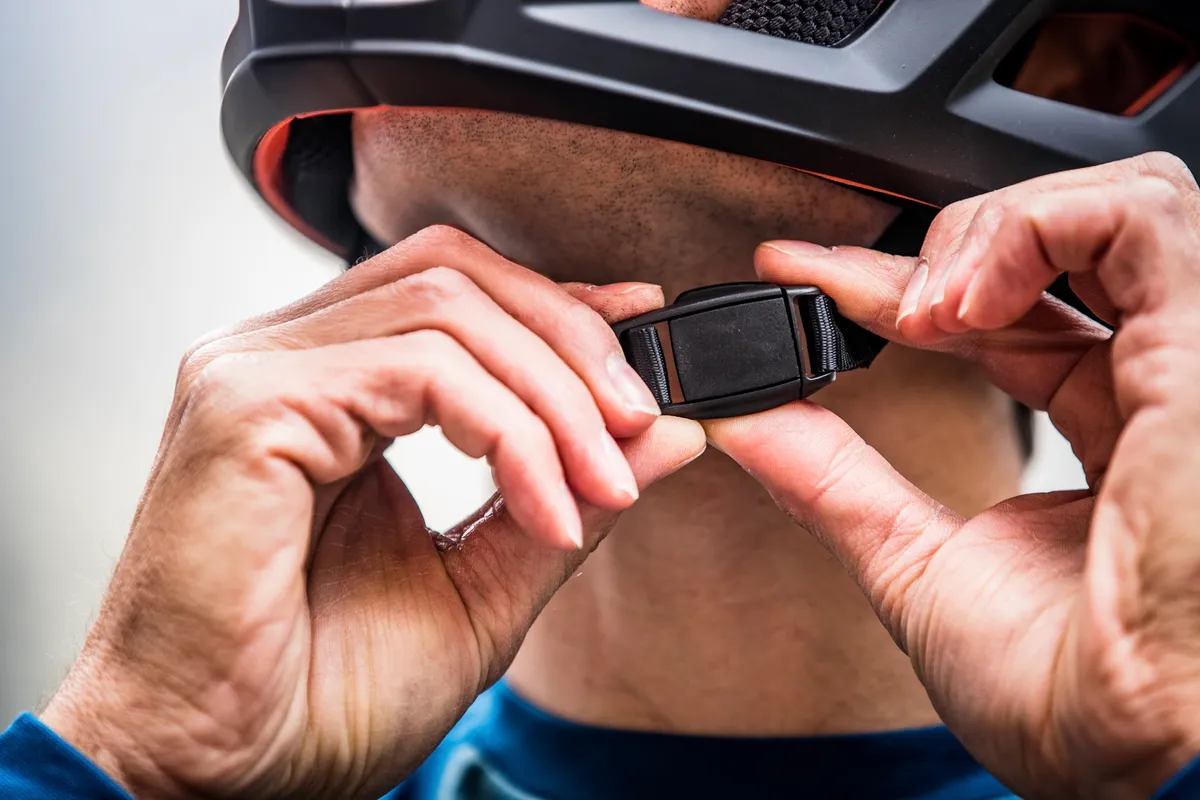
The Parachute comes with two sets of cheek pads, a wide set and a thinner set, which help adjust the fit around the face. These click into place using poppers, which makes this adjustment very quick and prevents the pads shifting during use.
21 vents plus internal channels are designed to keep a cooling airflow over the riders head to help with temperature regulation.
The removable chin bar
In place, the chin bar doesn’t look like it’s removable at all. That’s partly due to the aforementioned regulations — no bulky outer buckle or clasp — and a lot to do with MET's low profile magnetic chin bar attachment system, the MCR of the name.
There are two sizeable metal strips which slot into holes at the temple of the helmet first, then two cylindrical buttons click into place at jaw level on each side.
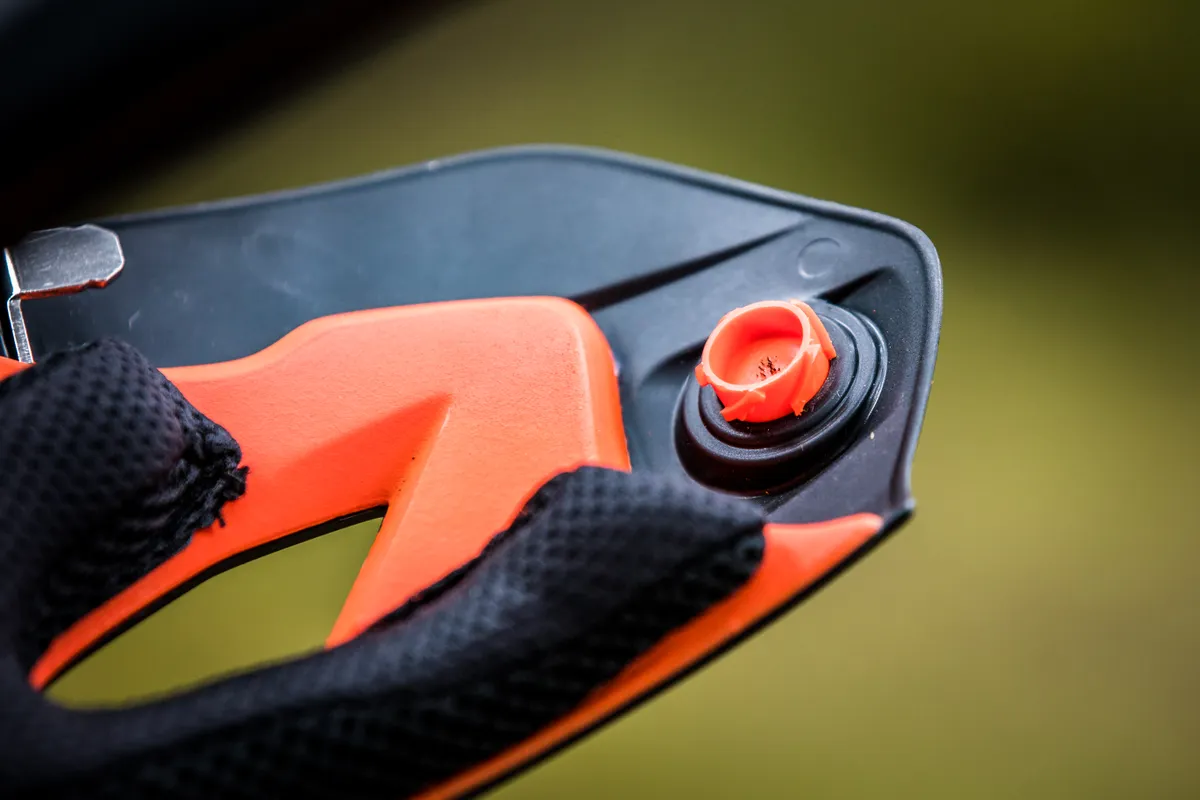
To release, a small clip flaps up on the surface of each of these cylinders which can be twisted, releasing the lower part of the helmet and allowing it to be swung up to disengage the metal strips.
MET Parachute MCR helmet first ride impressions
It’s worth noting that these are first ride impressions taken from a limited amount of time riding with the new Met Parachute on unknown trails. I’m excited to ride it on tracks that I know and compare it to my other lids back to back.
As a trail shell, the fit is good with the BOA dial and system doing exactly what it’s meant to do, evenly distributing pressure around the perimeter of my head.
Having had some experience with helmets with detachable chin bars before, namely the Bell Super 2R, there are a few things with the MET Parachute MCR that jump out at me.

First, the coverage at the rear of the helmet is more extensive than most current trail lids, but not as low as the Giro Switchblade without chin bar.
Second, and this is something I’ve struggled with, the Super 2R also, I can’t for the life of me get the chin bar into place while wearing the helmet.
There is no obvious indication to let you know when you’ve got the top two metal bars in place at each temple, and they need to be slotted in before attempting to attach the lower part of the helmet.
Some kind of feedback, such as a click, to signify that the chin bar is in place would be great. Even when I do get those two bars into place, I can’t get both magnetic catches to pop into place.
That said, if I take the helmet off it’s very easy and quick to do.
The ventilation offered by the vents and channels is enough that on long sustained climbs I didn't find riding in it overly hot. I also particularly liked MET’s decision to not include a grill at the front of the chin bar, which again makes breathing a little easier and stops me sounding like Darth Vadar with a chest infection after heavy exertion.
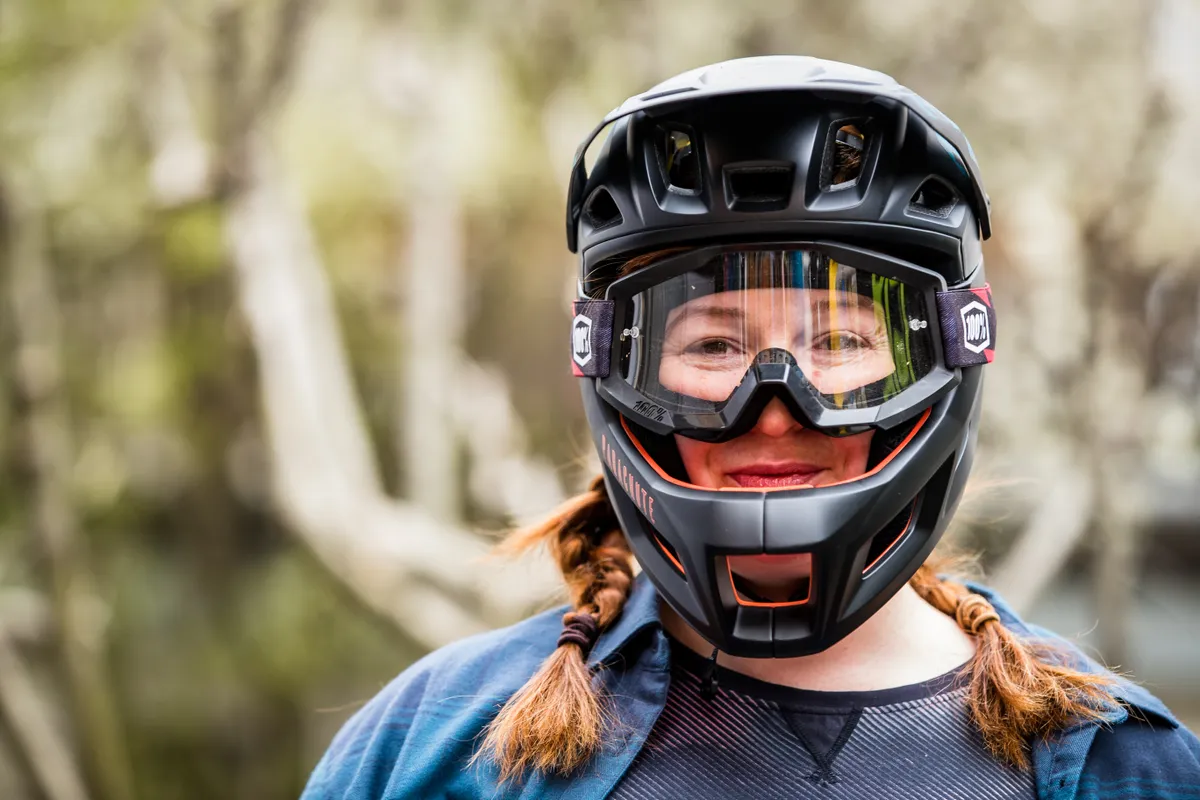
I immediately swapped the cheek pads for the thinner options, which together with the easily adjustable chin strap and BOA fit system made for a comfy, secure fit.
However, it’s noticeably heavier than the newest crop of lightweight full-face helmets, such as the Fox Proframe or the Troy Lee Stage.
The Fox and TLD lids retail in the region of £250 / $300 and upwards for one that offers comparable protection, plus you would still need to buy an open face helmet separately for around the £100 / $150 mark on top of that because they don’t have removable chin bars. So, the MET helmet is definitely aimed at the rider who just wants one do-it-all lid.
Offering a DH/BMX level of full-face certification, it’s much more viable as a replacement, having a second full-face lying about the house for the occasional uplift day or alpine trip, so long as you’re happy with the weight penalty.
Crash replacement
MET offers a two-year crash replacement guarantee, which means claimants will be able to get a discount on a new helmet.
MET Parachute MCR helmet pricing, sizing, colours and availability
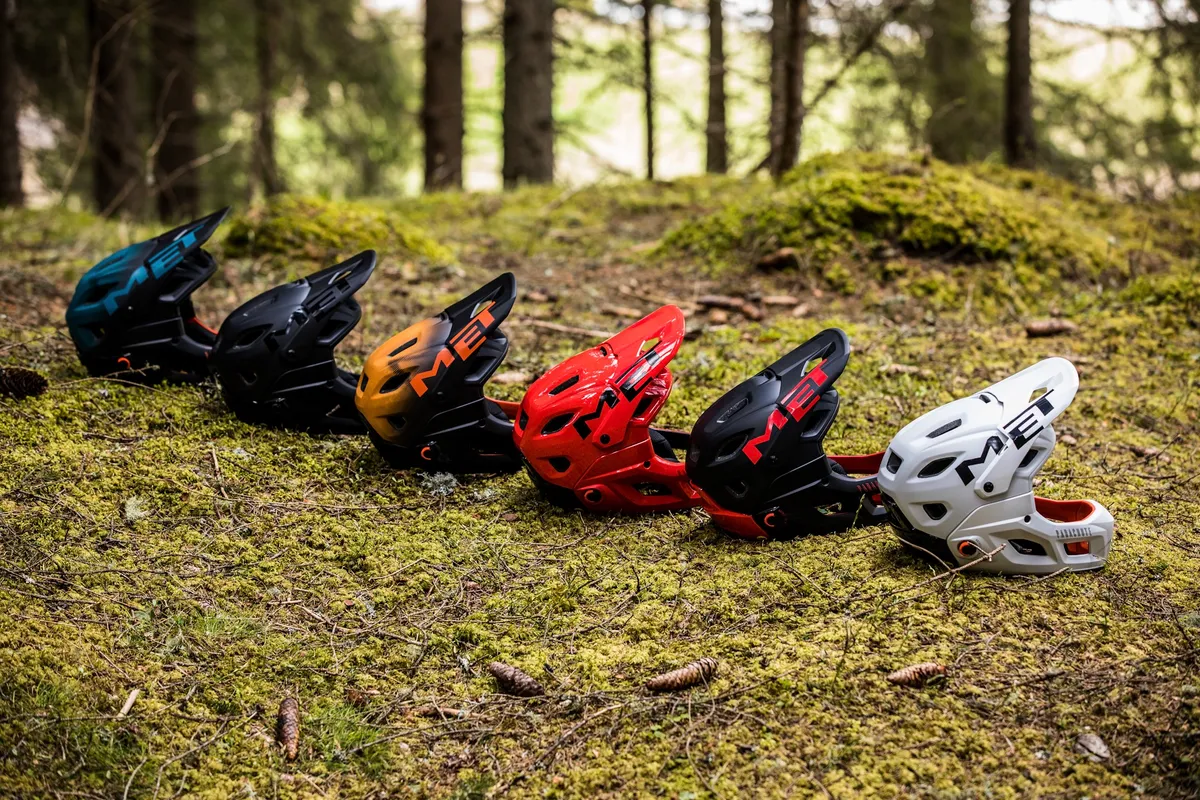
The new Parachute will be available from a range of retailers, including Wiggle and Chain Reaction in the UK.
It retails at £300 / €330 / $350 which puts it towards the top-end of helmets in this category. For reference, the Bell Super DH has an RRP of £249 / $300 and is probably the closest in terms of safety certification and functionality.
The helmet is available in three sizes: small (52cm to 56cm); medium (56cm to 58cm); and large (58cm to 61cm).
MET has opted for low-key colours with the brightest offerings being a gloss red and a gloss white. The rest of the range consists of matt black with gloss red details, matt black with gloss black details, black with an orange fade and highlights, and black with a blue fade and highlights.
